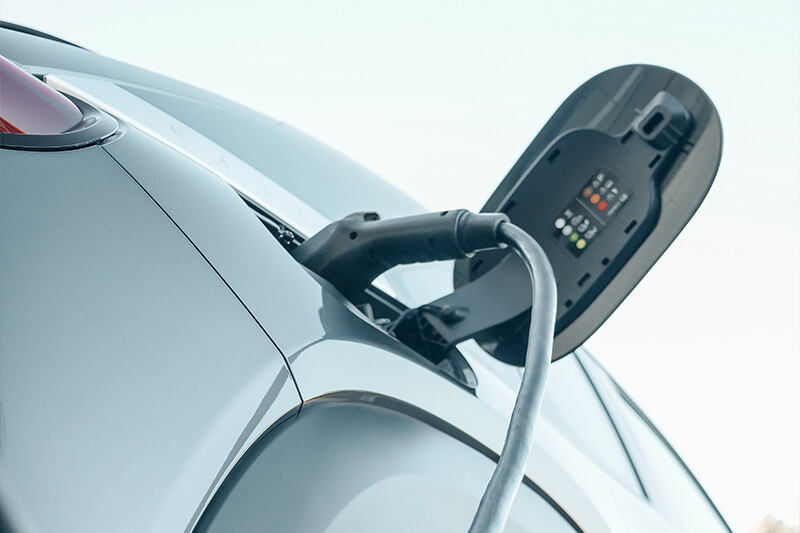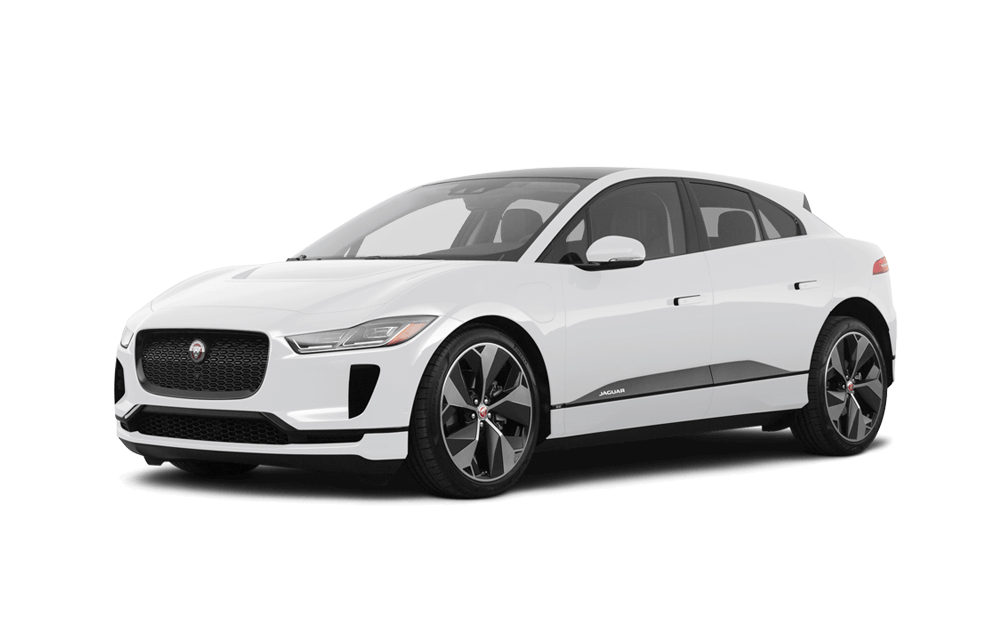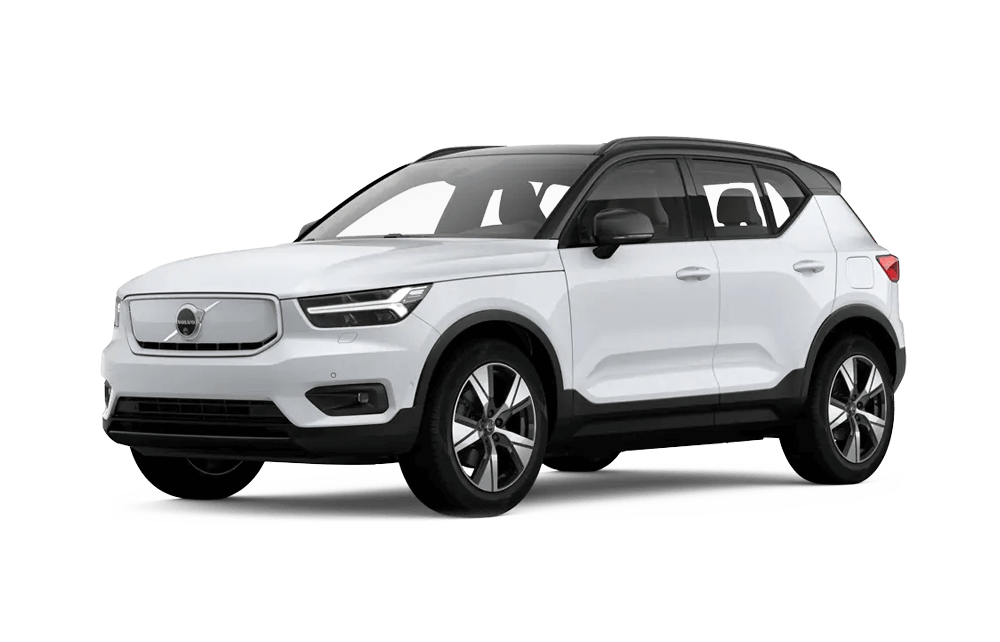Plug-In Hybrid Vehicles (PHEV)
Similar to fully electric Battery Electric Vehicles (BEVs), Plug-in Hybrids (PHEVs) require plugging in to charge their medium-sized battery.
What sets Plug-in Hybrids (PHEVs) apart is the inclusion of a conventional petrol or diesel engine in addition to their electric components. Generally, PHEVs operate in electric mode for the initial 20-40 miles, relying solely on the battery. Subsequently, for longer journeys, the petrol/diesel engine seamlessly takes over.

Basic facts on PHEV vehicles.
As a "hybrid" vehicle, Plug-in Hybrids (PHEVs) combine a petrol or diesel engine with a medium-sized battery.
Typically, PHEVs can travel approximately 30 miles solely on electric power, although newer models may offer extended ranges.
Once the battery is depleted, the petrol or diesel engine seamlessly takes over to power the vehicle for the remainder of your journey.
PHEVs are equipped with a charging socket, enabling you to plug them in for battery recharging. This grants access to inexpensive electricity, ultimately reducing the overall cost of your driving experience.
What is the range of plug-in hybrid vehicles?
Plug-in Hybrids (PHEVs) offer the advantage of dual range capabilities: one for the battery and another for the petrol or diesel engine.
The battery range of PHEVs usually falls within the range of 25-35 miles, although the latest models with larger batteries can provide as much as 50-60 miles of electric range. Once the battery has depleted its energy, the petrol or diesel engine seamlessly engages, providing an additional range of approximately 250-350 miles.


What is the environmental impact of PHEVs?
The environmental impact of Plug-in Hybrids (PHEVs) depends on several factors, including:
Daily mileage: The number of miles you drive each day affects the overall emissions and efficiency of the vehicle.
Battery charging: Charging your PHEV battery fully at the end of each day contributes to maximizing electric driving and reducing emissions. In contrast, incomplete charging may require the internal combustion engine to operate more frequently.
Charging electricity source: The source of your charging electricity plays a significant role in determining the environmental impact. If you charge your PHEV with electricity from renewable sources like wind, solar, wave, or tidal power, the electric miles driven will be environmentally friendly.
If you drive around 30 miles per day and fully recharge your PHEV each night, you can predominantly rely on battery power, resulting in lower CO2 emissions.
During longer trips, the initial 30 miles will be covered using environmentally friendly electric power. However, for the remaining distance, the internal combustion engine will utilize petrol or diesel, resulting in emissions similar to conventional vehicles.
Opting for renewable energy-generated electricity to charge your PHEV ensures that the electric miles driven are as environmentally friendly as possible. Some energy suppliers in the UK now offer 100% renewable energy tariffs, enabling greener charging options.

Fully Electric (BEV)
Pure electric cars, also known as Battery Electric Vehicles (BEVs), operate solely on a large battery and an electric motor, without any internal combustion engine. They have zero CO2 emissions, making them environmentally friendly. Additionally, their battery-based technology makes them highly cost-effective to run.

Conventional Hybrid (HEV)
As with a PHEV, conventional Hybrid Electric Vehicles (HEVs) have both a battery and a petrol/diesel engine. The battery in a HEV is very small and you can’t plug it in. It can only power the car for short distances at low speeds. In a HEV, you will be using the petrol/diesel engine for most of the time.





